Software
One of the goals of RING is to invent, design and develop game changing methods to reconcile earth processes and field observations within a stochastic and multiscale workflow. The corresponding software not only serve as proofs of concept to support publications, but also can be used and industrialized by the RING Consortium members.
SalterRING is a python module developed within the RING team. The aim of this module is to provide tools to jointly model hydrothermal alteration facies and the geological structures that govern fluid flow and hence the geometry of alteration facies.
Alteration facies modeling in SalterRING is based on an implicit, stochastic modeling approach. A pseudo scalar distance field P(d) is used to model alteration front boundaries. This distance field is generated using front propagation methods and a velocity field, considered as proxi of hydraulic conductivity. The velocity field is parameterized by generating geological objects using Boolean processes. Objects that can control the geometry of hydrothermal alteration (regional faults, unconformities, fractures, sedimentary geometries and petrophysical heterogeneities) are generated and tested via a Metropolis Hastings algorithm. Model quality is monitored via a misfit term to the input data. In this first version, calibration is mainly based on point data from boreholes, in particular alteration front limits.
This first version of SalterRing is being developed as part of Paul Marchal's thesis, supervised by Guillaume Caumon and Pauline Collon, and funded by Orano.
Training link available soon.
See Ring Meeting Paper 2023 for more informations.
KarstNSim is a Skua-GocadV19 plugin (on windows : VS2017 is required). The purpose of this plugin is to simulate cave networks in 3D and in a stochastic workflow, taking into account various input parameters with uncertainties. A particular focus is given on the ability for the user to easily control the morphometry of the networks. KarstNSim is primarily being developed by Augustin Gouy in the frame of his PhD thesis.
KarstNSim has been the subject of a "proof of concept" publication by Gouy A., Collon P., Bailly-Comte V., Galin E., Antoine C., Thebault B., and Landrein P., 2024. KarstNSim: A graph-based method for 3D geologically-driven simulation of karst networks. Journal of Hydrology 632. https://doi.org/10.1016/j.jhydrol.2024.130878. Concurrently with the publication, a standalone (independent of Skua-Gocad) and public version of the code has been created and is accessible on GitHub: https://github.com/ring-team/KarstNSim_Public.
This library implements a general sandbox to define stochastic point process models with interactions. This allows to generate random sequences of points in space that may be associated with random characteristics called marks. If these characteristics describe a geometrical object, we speak about object point processes. This project provides functionalities to manage, characterize, and simulate spatial point processes.
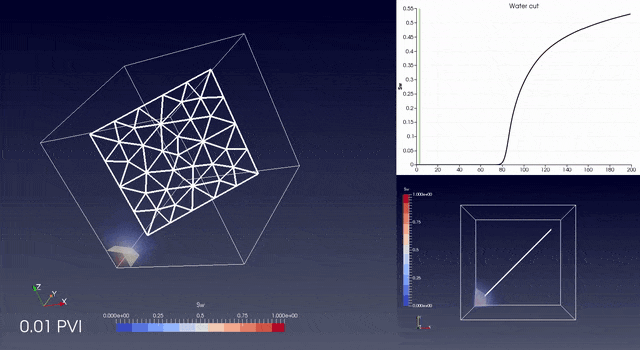
RINGFlow is a Control Volume / Finite Element library to simulate flow in fractured porous media on unstructured grids.
The library contains tools for accurate upscaling from tetrahedral meshes to non aligned and non matching grids.
WeCo is a C++ and python library to find several sets of possible correlations between multiple wells. It builds on the Dynamic Time Warping algorithm to hierarchically correlate a set of stochastic correlations between wells or groups of wells. The code is designed to help stratigraphers formulate various sets of correlation rules based on the available informations along the wells (logs, facies, sequences, etc).
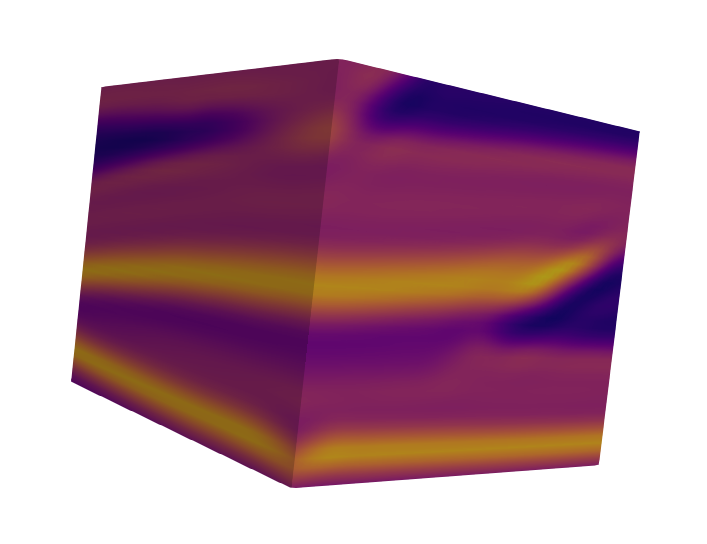
This code computes the smooth equivalent medium of any (meshable) geological model for the elastic wave equation. The upscaling method behind the code is the non-periodic homogenization. This method asks to solve an elastostatic problem, which is achieved using a tetrahedral Finite Element Analysis. The result is then smoothed according to the minimum wavelength to be propagated. The obtained medium usually is anisotropic; it can be used in any wave equation solver handling anisotropic heterogeneous media.
The FISSSA module (developed by the RING Team in collaboration with IECL lab) provides functionalities to load, manipulate and save fault network models in two dimensions. In this work, we sample more or less realistic fault networks to assess the uncertainty when interpreting two dimensional seismic datasets. Fault description is formulated in terms of an explicit mathematical a priori model thanks to the marked point process theory. This model is conditioned to data (the fault likelihood attribute) thanks to a Gibbs probability distribution.
The code is primarily being developed by Fabrice Taty-Moukati. It is a C++/Python library.
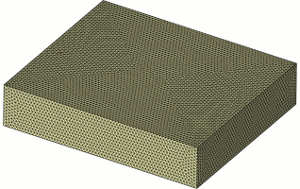 Researches on fractures led to the developement of several tools.
Researches on fractures led to the developement of several tools.
Here is an exhaustive list of modules and project developed at RING for Fracture Network characterization and stochastic simulation.
Contact: Francois Bonneau
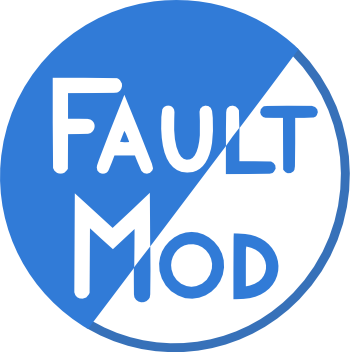 FaultMod is a SKUA-GOCAD plugin for modeling faults, fault networks and related uncertainties.
FaultMod is a SKUA-GOCAD plugin for modeling faults, fault networks and related uncertainties.
Building geological models is always an underconstrained process. A large part of the uncertainty is carried by faults because faults zone are poorly imaged in seismic. Furthermore faults dramatically impacts fluid flows and building models cohrent with geological concepts and knowledge is a key to increase models quality when few data are available. FaultMod offers several tools to integrate geological concepts in structural modeling workflows.
KarstMod is a plugin developped for 3D karstic network simulations (2008-2012). It is available on the Gocad 2009.4 platform.
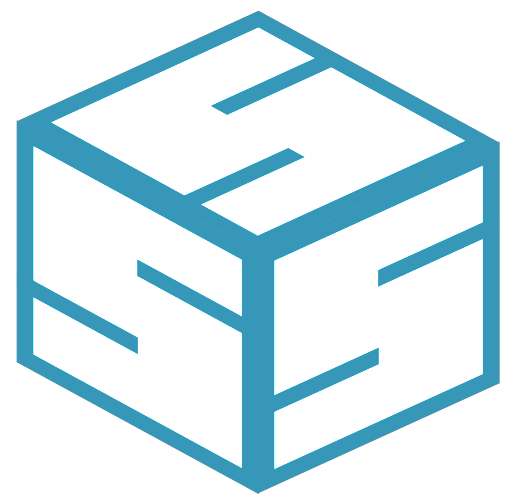 SCube is a SKUA-GOCAD plugin to perform stochastic multi-well correlations.
SCube is a SKUA-GOCAD plugin to perform stochastic multi-well correlations.
With a set of rules, it computes the cost of the association of each pair of units on two different wells and then outputs the correlation of the wells with the least expensive associations.
The rules that can be chosen are various such as the size of the units, the depth, the facies,... or also the frequence of observation of the association in a training forward model.
It can be used for multi-well correlation and it is possible to automatically build stratigraphic grids from these correlations. Since 2018, it is being gradually replaced by the stand-alone code WeCo
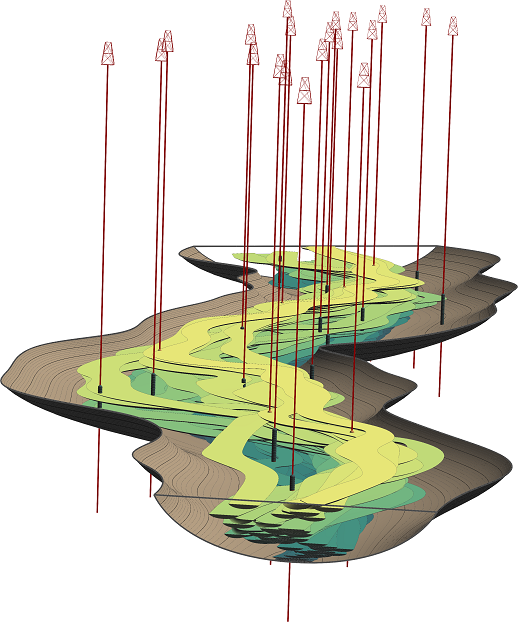 ConnectO is a plug-in for the SKUA-GOCAD software to simulate channelized systems and analyze categorical realization quality.
ConnectO is a plug-in for the SKUA-GOCAD software to simulate channelized systems and analyze categorical realization quality.
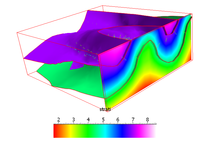 Building 3D geological surfaces from field data using implicit surfaces on tetrahedral meshes.
Building 3D geological surfaces from field data using implicit surfaces on tetrahedral meshes.
StructuralLab includes various interpolation contraints to create implicit structural surfaces from location data, orientation data, axial data about folds. It also implements a dip domains approach.
Since 2018, the main StructuralLab fonctionalities have been integrated in RingToolKit
A stand-alone open-source python implementation of the approach is also available in LoopStructural (Grose et al, 2021)


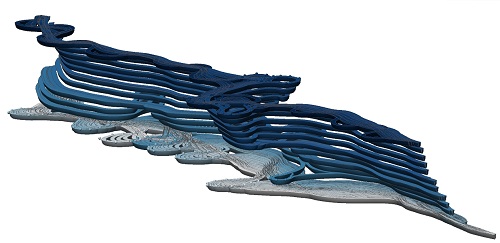 GoNURBS is a plugin developped for sedimentary objects modelling.
GoNURBS is a plugin developped for sedimentary objects modelling.